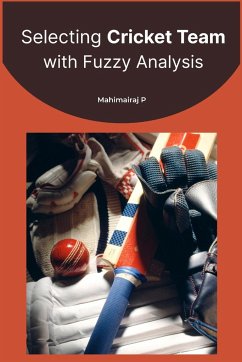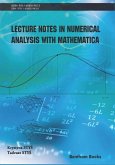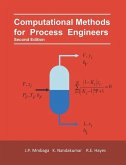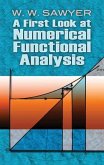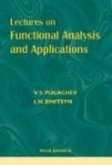In the world of sports, team selection is a critical decision that can determine the outcome of a game, a tournament, or even a championship. Selecting a cricket team, in particular, requires an in-depth understanding of the game, player attributes, team dynamics, and strategy. In recent years, fuzzy analysis has emerged as a popular decision-making technique in sports management, offering a unique perspective on team selection that accounts for both objective and subjective criteria. Mahimairaj P, a sports analyst and expert in fuzzy analysis, has explored the application of this technique in cricket team selection using the Analytic Hierarchy Process (AHP). AHP is a multi-criteria decision-making tool that allows decision-makers to evaluate and prioritize alternatives based on multiple criteria. In cricket team selection, AHP can be used to weigh the importance of different player attributes such as batting, bowling, fielding, and leadership skills. One of the key advantages of fuzzy analysis is its ability to handle uncertainty and ambiguity in decision-making. Fuzzy sets and weighted fuzzy sets can be used to represent imprecise or vague information, such as the subjective judgement of team selectors. This allows for a more comprehensive evaluation of player performance and potential, as well as team composition and strategy. Data analysis also plays a crucial role in fuzzy analysis of cricket team selection. Player statistics and performance metrics can be used to inform the decision-making process, providing objective criteria to complement expert knowledge and subjective judgement. Statistical modeling and data-driven decision-making can help identify patterns and trends in player performance, enabling team selectors to make more informed and effective decisions. In addition to player selection, fuzzy analysis can also be used to evaluate team dynamics and synergy. By considering the strengths and weaknesses of individual players and the team as a whole, as well as the roles and responsibilities of each player, team selectors can identify potential areas for improvement and optimize team performance. Overall, the application of fuzzy analysis and AHP in cricket team selection offers a powerful approach to strategic decision-making in sports management. By incorporating both objective and subjective criteria, as well as expert knowledge and data analysis, team selectors can make more informed and effective decisions, ultimately leading to better team performance and success in tournaments and championships.

